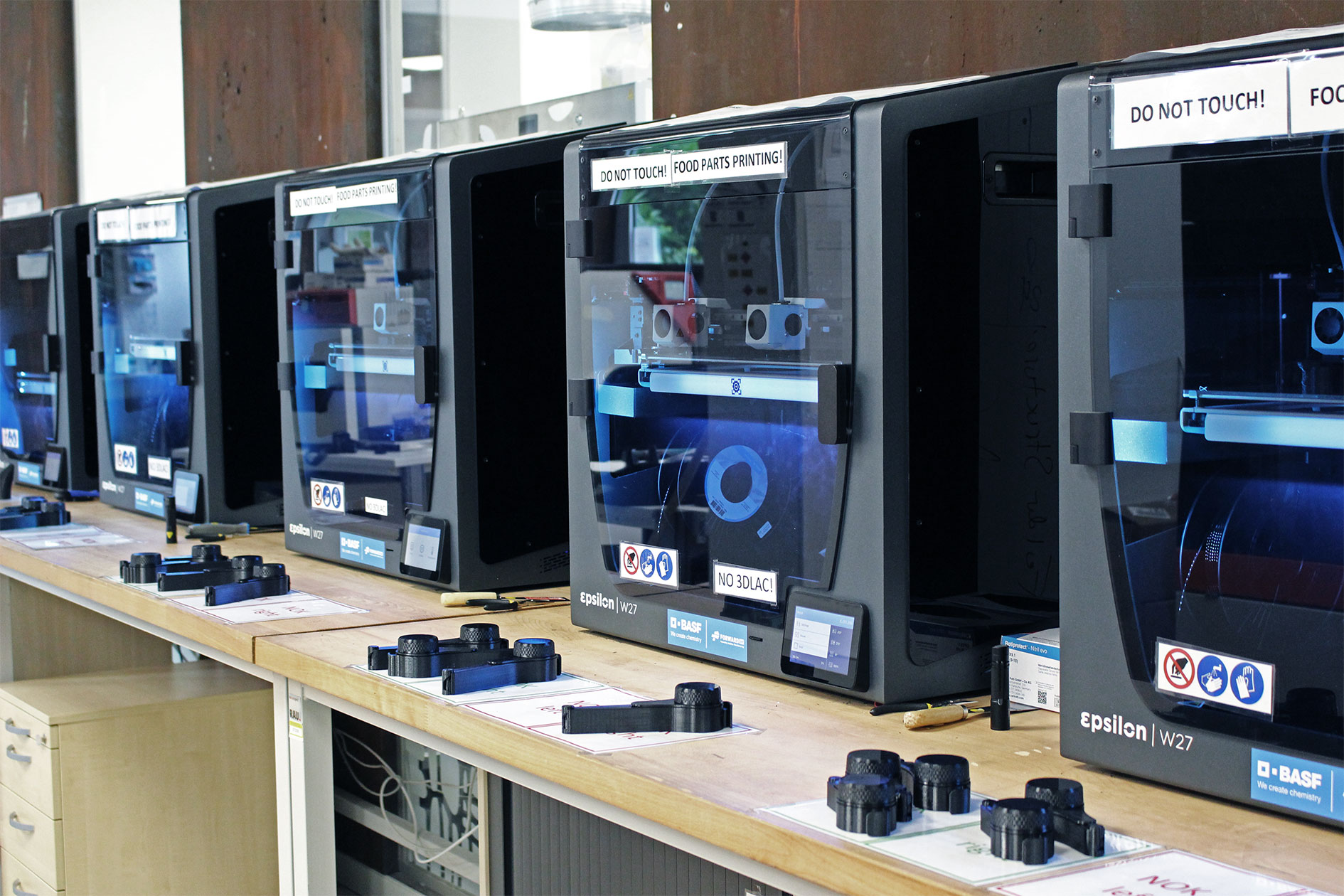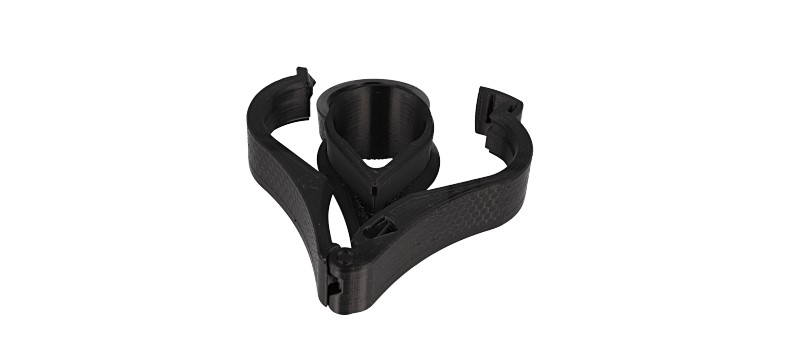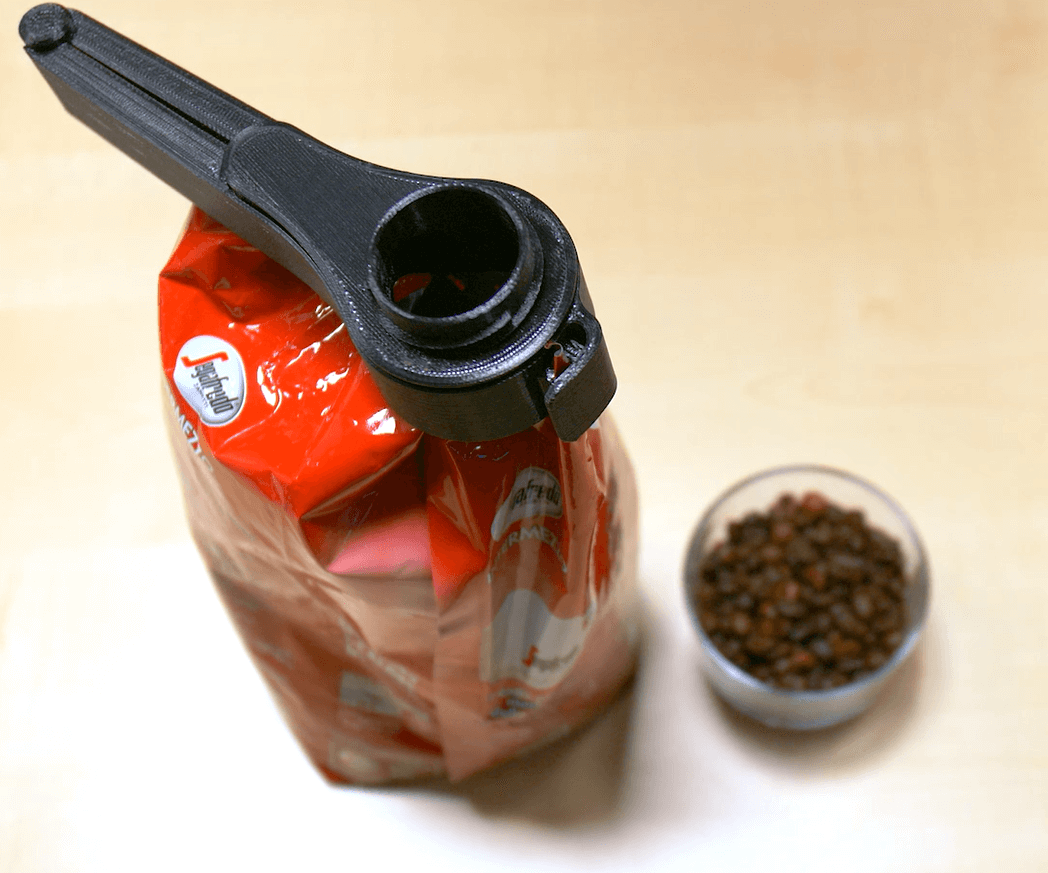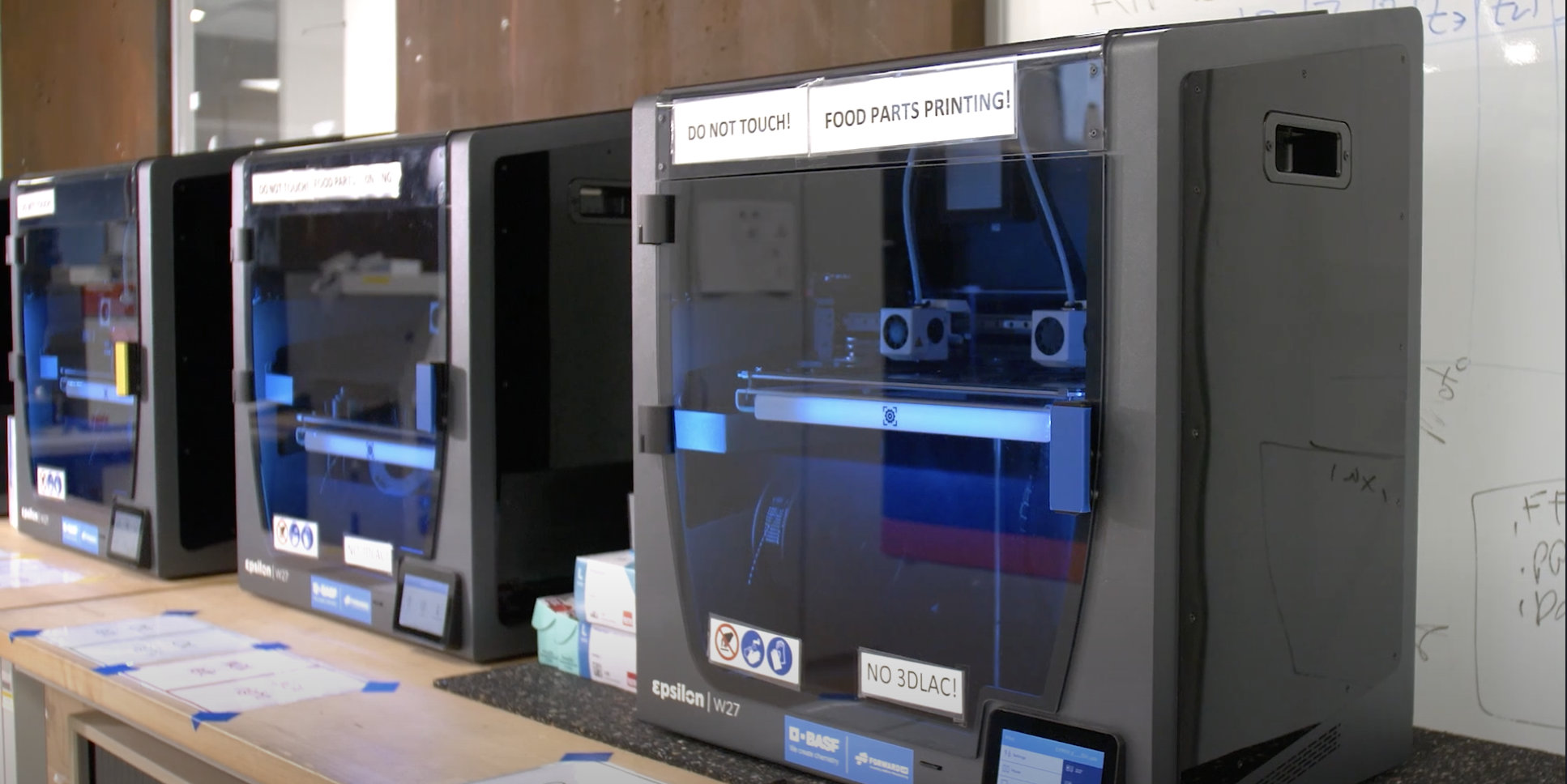
Food-Safe 3D Printing Applications – Forward AM and Strong Partners Pave the Way
Human health and safety are at the top of the list when it comes to applications that are in contact with food, no matter if it is the normal water bottle, the morning coffee cup or the dinnerplate. So, when applications are being produced, which are intended to have either direct or indirect contact with food, it must be ensured that they are not toxic or could potentially harm people short-term or in the long run. This is of course the case for traditional manufacturing as well as Additive Manufacturing. In this blog post, we will focus on Additive Manufacturing (3D-printing) and talk about why food-safe materials are so important, which different regulations there are and how a great collaboration resulted in the first entire 3D printing process of food-safe parts.
Food-Safe 3D Printing from Materials to the Manufacturing Process – What is Important?
The EU and the FDA in the US have strict regulations to ensure that a material is food-safe. But what exactly does that mean? A product is food-safe when the used food grade material meets all the determined requirements, depending on the intended use, and by not creating any food safety hazard. When a material is allowed to contact food or is safe when consumed by a human, it is called food grade.
When you are looking for food-safe 3D printing materials, quite a few can be used, like Polylactic Acid (PLA) or Polyethylene Terephthalate (PET). PLA is often used to produce packaging and objects like cookie cutters, while PET convinces with its recyclability – both materials offer a great design freedom. PLA and PET are available in a wide color range, and even though there are masterbatches that are suitable for food-safe 3D printing, they still should be dealt with caution to ensure that they are safe to use.
Our Ultrafuse® PLA, Ultrafuse® PET, Ultrafuse® rPET and Ultrafuse® TPU 64D are all based on food-safe raw materials (granulate), which are suitable for food contact applications according to the European Plastics Regulation.
However, to create food-safe 3D printing applications, not only the material has to be safe but the whole production process – from the material over the printing process to the packaging. Even though food-safe 3D printing applications are still relatively new there are possible and offer advantages like a joint project with German manufacturer Miele proofs.
Miele Leads the Way – Example from a Use Case
Together with Miele, the German premium domestic appliance manufacturer, Replique (digital inventory platform), and printer manufacturer BCN3D, Forward AM launched the 3D printed food-safe parts under the campaign “3D4U”. The experts of Forward AM developed a printing process that runs according to Good Manufacturing Practice (GMP). These parts are made out of Forwards AM´s Ultrafuse® PET Black, were tested and meet the requirements according to LFGB and Regulation (EC) No. 1935/2004.
For Miele, 3D printing was the optimal decision for their production of new accessories as it is doable without large ramp up costs. 3D printing offers Miele the advantage of being toolless and provides the opportunity to quickly enter the market. Additive Manufacturing also allows the option to start small batch productions at a low cost compared to other technologies and with the usage of the digital inventory of Replique, there is no need to store parts in a warehouse. The needed parts can simply be printed on demand.

Together with other creations, a coffee clip was designed to close an open bag of coffee beans and keep it fresh. However, this design has an included opening, so you can get the beans out without removing the clip. The opening itself is then simply closed by a lid. During the production process, the high safety requirements were met, thus creating a safe object.

Now it is your turn!
Choosing to produce 3D printed products that come in contact with food is not easy. There are many different things to consider. If you want to use food-safe material for your 3D printing project or have questions concerning that matter, do not hesitate to contact us!
Share this page
Other Blog Posts
Forward AM and the UltiMaker Factor 4 – Delivering Industrial-grade Performance
Forward AM offers a wide range of high-performance and certified materials that open a huge range of new 3D printing applications…
LAYERbyLAYER: A Conversation with Jörg Gerken of rpm rapid product manufacturing
Welcome to LAYERbyLAYER: Interviews with 3D Printing Services, a unique series brought to you by BASF Forward AM.
LAYERbyLAYER: A Conversation with Janet Dickinson of Endeavor 3D
Welcome to LAYERbyLAYER: Interviews with 3D Printing Services, a unique series brought to you by BASF Forward AM.



